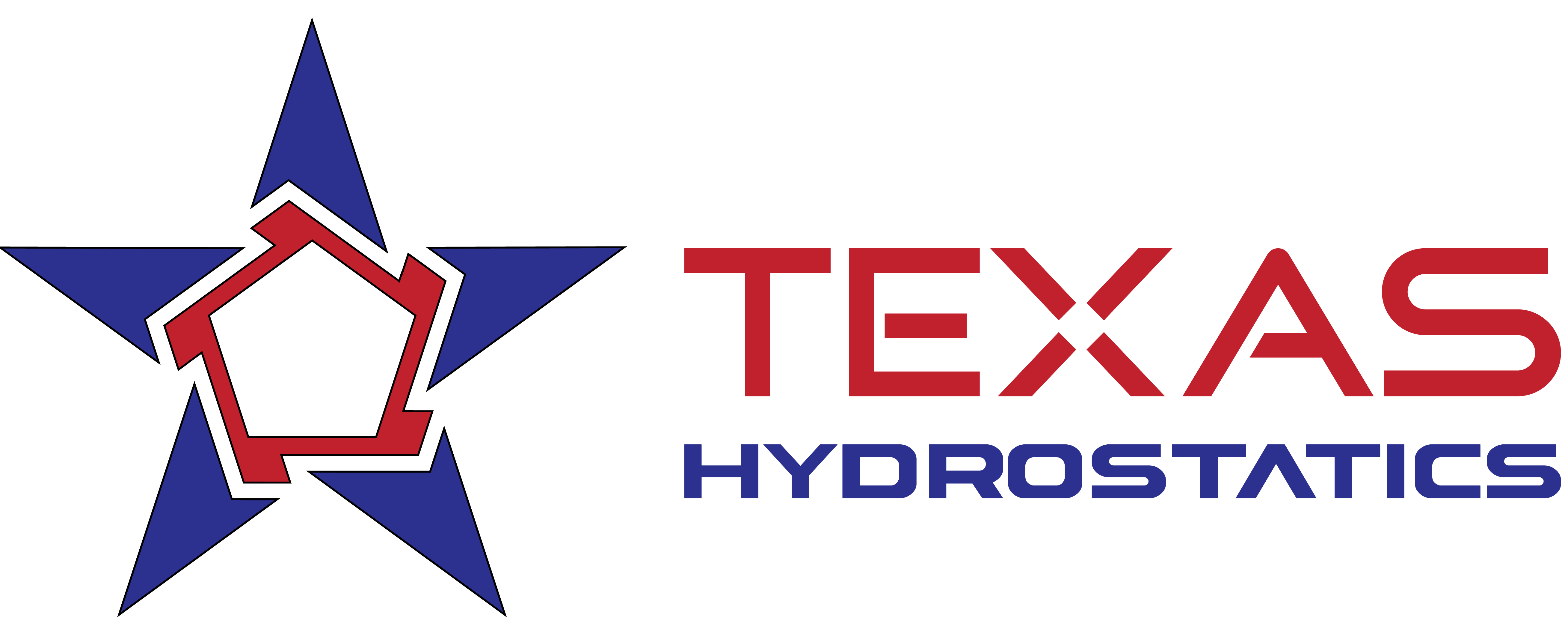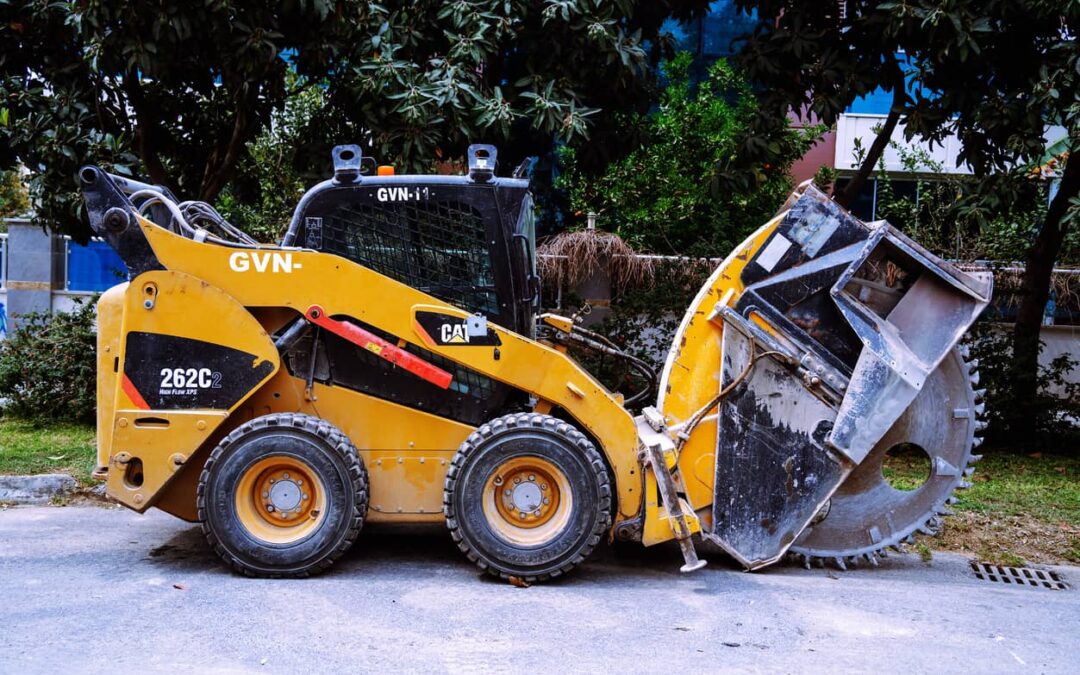Trenchers are used for digging ditches across the work site, and support various projects from creating small landscaping projects to burying water mains, data cables, and electrical conduits. They reduce hours of formerly back-breaking pick-and-shovel work into minutes worth of operation from within the cockpit of a piece of heavy equipment, or behind a small-frame wheeled or tracked assembly that can be easily operated by a single person.
The workhorse of the plumbing and landscaping business, the trencher is an often-overlooked part of the backlot. Indeed, the great majority of the trencher business for the three major manufacturers is selling stand-alone units into the rental market, so customers can take one of these easy-to-use machines home and perform tasks themselves. Trencher attachments are also available for larger machines to support more robust job requirements.
In operation, a trencher resembles nothing so much as a chainsaw on tracks or wheels. The operation of the small-frame trencher is driven by a gasoline-powered engine, but all sizes of trenchers almost entirely use hydraulic systems to power the actual trenching process. The depth of the trench is set via hydraulic pistons on the side of the carbide-tipped blades, as are the controls for deploying and retracting the blade. The blade’s operation itself is controlled via a variable-pressure hydraulic system, controlling the speed of the blade and the crumber mechanism, used for lifting the dirt out of the trench and depositing it to the sides of the operation.
The trencher’s power and versatility recommend themselves for dozens of projects. For more information about these machines, their operations, and maintenance and repair schedules, contact Texas Hydrostatics today. Our pros will be happy to walk you through all the details!

